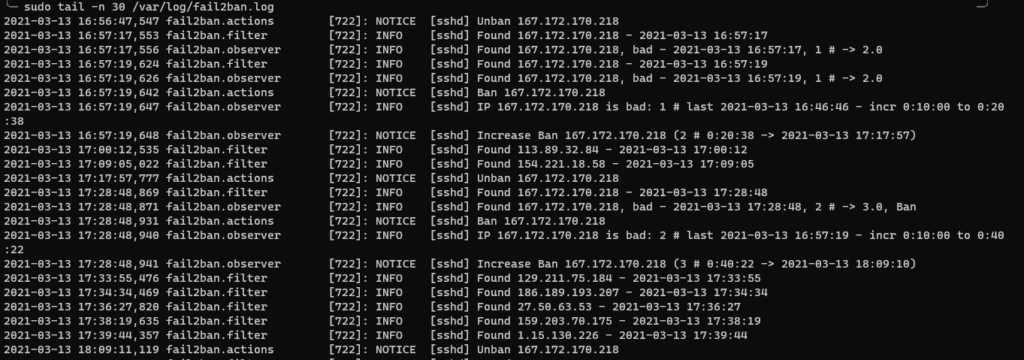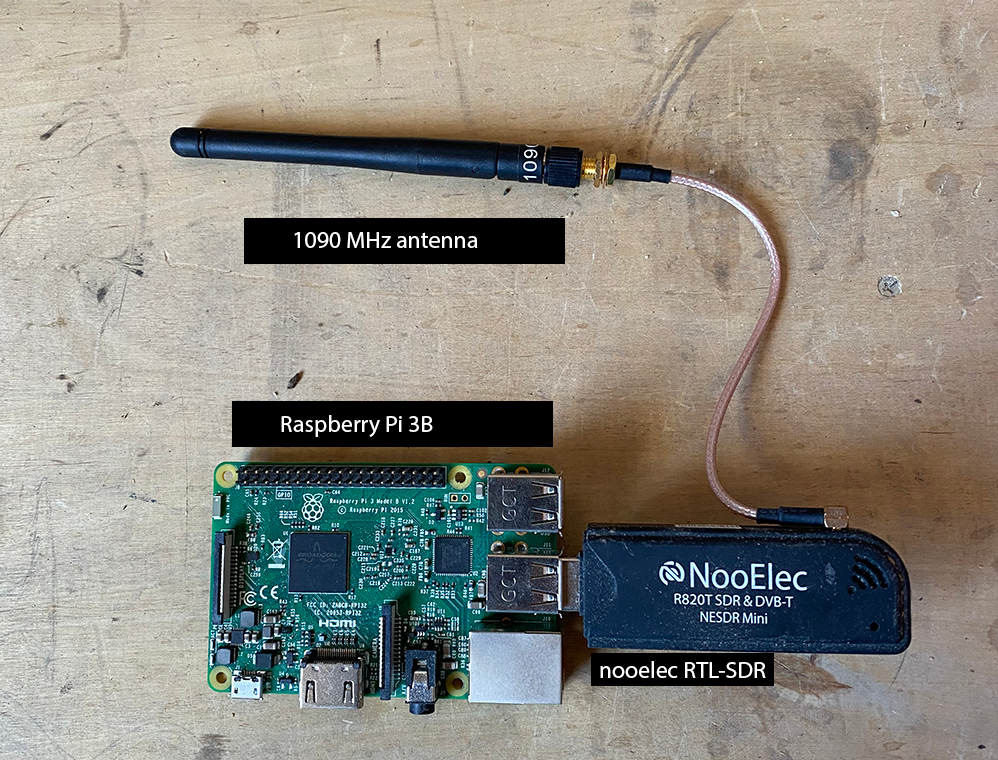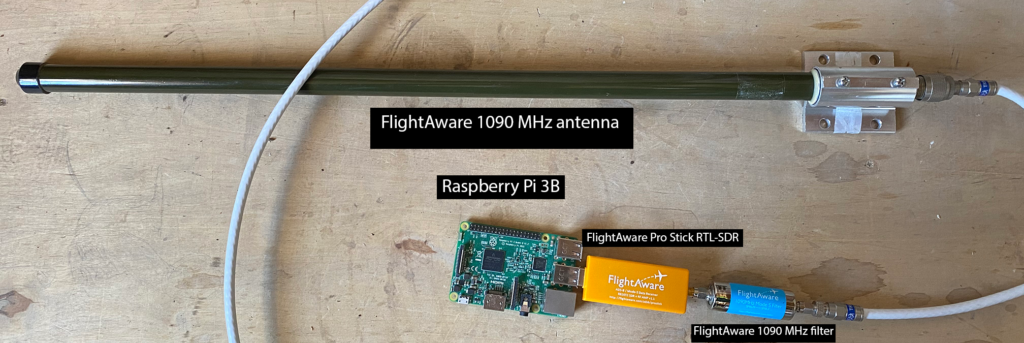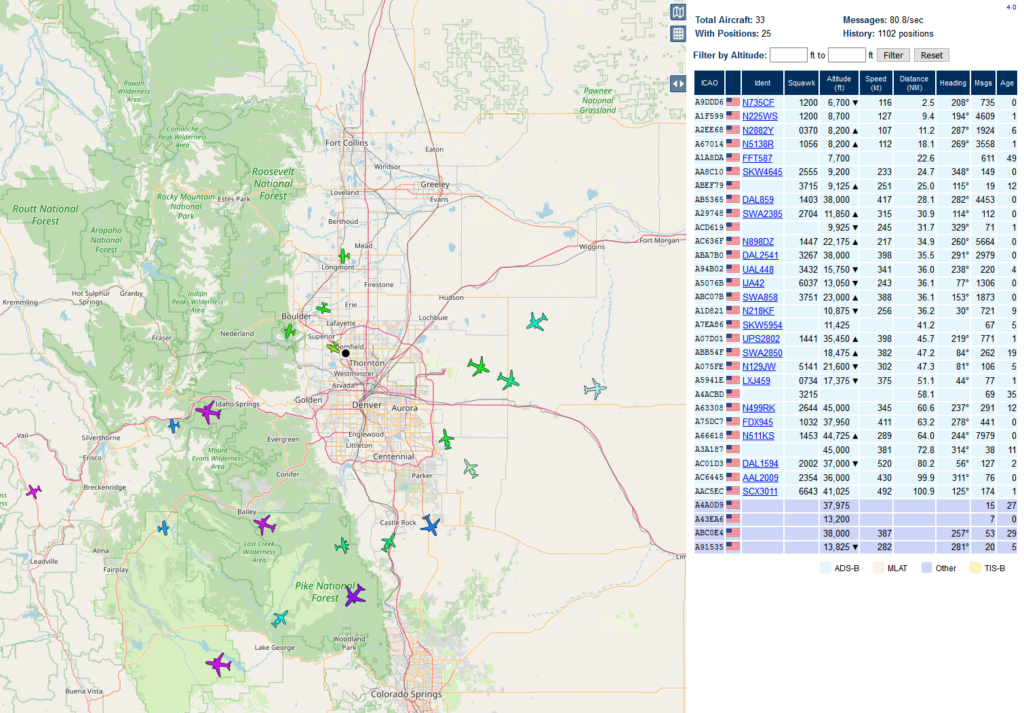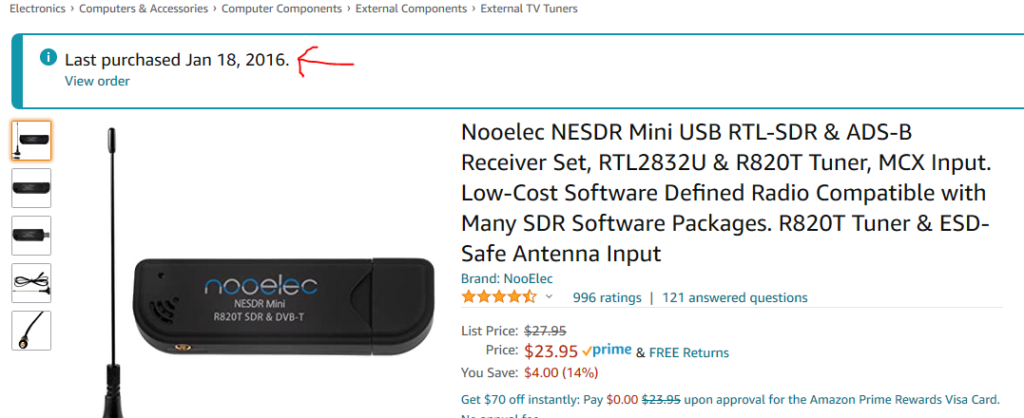This post is a work in progress! Update log here:
- 2021-03-15 – initial post (private)
- 2021-04-06 – fleshing out the background and requirements
- 2021-04-29 – updated with parts ordered, reasoning for choices, and some more background for my DIY solar system with battery backup
Background
I’ve always been interested in solar power. Being able to generate heat and electricity from the sun is just so cool on a fundamental level. When I was little, playing with magnifying glasses (read: setting things like plastics and mulch on fire) was always a good time. My mom got me a science book at one point that had a full letter sized (8.5×11″) fresnel lens.
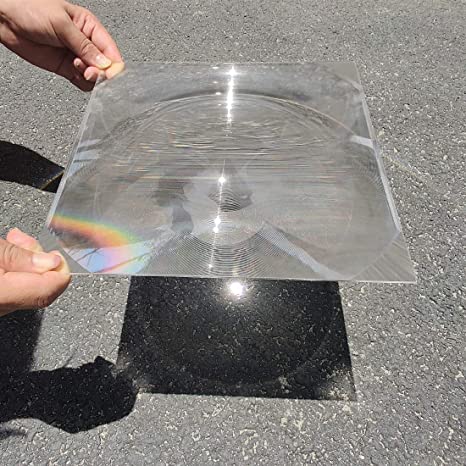
That fresnel lens upped my lighting things on fire game dramatically. Even since then I’ve wanted to harness large amounts of solar power. I’ve had 50-100W solar panels for a good portion of my adult life running fans and charging small deep cycle 12v batteries, and it is now time to move up to the big leagues. Read on to join my thought process for planning a large-ish system.
Requirements
The requirements for my DIY solar system with battery backup aren’t too strict. I’m looking for the following:
- Run my homelab for 5-10 minute until it can be powered off
- Provide a couple hours (1-2) of space heating/cooling for comfort with plenty of battery left over
- Run the refrigerators for 6-12 hours
- Run the cable modem/router/WiFi for ~6-12 hours
- Run the furnace as needed
- Ability for a generator (to be purchased) to charge the batteries
- Ability for grid power to charge the batteries
- Ability for solar panels to charge the batteries
- Less than $2000 total to get started with a system that can grow
- Use my 2x300W solar panels I picked up off Craigslist for $100 each
Nice to haves
- USB/RS-232/RS-485/Ethernet Interface to read status via Raspberry Pi or similar
- Decent warranty (I don’t usually worry about warranties but this will be a decent chunk of change)
- Not waiting another two months to ship from China (I may have already ordered the batteries. Ordered Feb 26 2021. Still waiting for even a tracking number as of April 29.)
Initial plan
If we add up all the electricity requirements, we end up with a couple to a few kWh (I am being intentionally vague here. I’ll post details with my next update.). This DIY solar system with battery backup is intended to grow with me – I’m not building a data center-sized system to start. As such, I have a tentative list of the basics:
- 2x300W solar panels. They are Canadian Solar CSUN-something 36V nominal. Already have these.
- 8x272Ah LiFePO4 batteries in series for 24V nominal. These will total out to 6.9 kWh of storage assuming full capacity. For $101 per cell shipped, this deal is hard to beat even if it is taking the slow boat from China. 6.9 kWh divided by $101 per cell is $116/kWh.
- A 2.5ish kW inverter. Current choices are MPP Solar LV2424 (2.4 kW 24V with most of my requirements for ~$700) or the Growatt SPF 3000TL LVM (3.0 kW 24V with basically the same features as the MPP for ~$700. but there will be at least a month shipping delay).
- A quality 8S BMS (expect to spend around $150 for this)
Solar panels
I get an urge to troll craigslist for solar panels (and NAS’s) every couple weeks and came across a post that had 300W solar panels in Loveland, CO. They were in great shape and they were $100 each. $0.33/W is a pretty good price for solar panels so I jumped on them. I didn’t really have a use but knew I would in the future. There is a slight “prepper” tendency I always have in the back of my mind so part of me was thinking I’d be able to use them to charge stuff in the event of an extended power outage. Since I bought them, we have had 3 power outage – one for 2 hours, one for 1 hour, and another for 15 minutes.
[insert pic of solar panels]
Batteries
For batteries, there are a lot of good options. Some better than others. There are a few big decisions:
- Battery chemistry
- Lead acid – the traditional “car battery” type but deep cycle. Old tech, heavy, usable capacity is relatively little compared to the full rated capacity (generally recommended to not discharge deeper than 50%). Pretty good price in terms of watt-hours per dollar. Almost all inverters/chargers are designed around 12V/24V/48V as defined by the lead acid cell voltages.
- Lithium-ion – new tech. Used in many electric car batteries – primarily Tesla. Lots of used cells available (often in bulk). Each cell is about 10Wh. This means many wire connections (500-1000) and soldering. Does not handle overcharging/discharging well. Can cause fires/explosions if handled improperly. No good solutions for 12V standard stuff. 7S (7 cells in series) can work for 24V. 13S works for 48V
- Lithium polymer – very power dense. Not very energy density. Quite hazardous. That by itself is enough to write these off.
- Lithium iron phosphate (LiFePO4) – new tech, decent tradeoff for all other aspects mentioned above. Used in electric buses in China (which is a source for cells). Very large capacity per cell (>200Ah), which means minimal wiring. Cell voltage is 3.2V, which matches up perfectly with traditional lead acid voltages (4S is 12V, 8S is 24V, 16S is 48V). Good cycle count/capacity curve (it takes many cycles to reduce capacity). I will be using LiFePO4 batteries in my system.
- Battery bank voltage – requirements are for a 2.5kW inverter.
- 12V – 200+ amps for a 2.5kW inverter. This would need large wires. Generally the amount of current at 12V throughout the system would be high. Ability to “start small” with only 4 LiFePO4 cells.
- 24V – 100 amps for 2.5kW inverter. Much more reasonable. I will be using 24V for my system.
- 48V – 50 amps for 2.5kW inverter. Even more reasonable but this requires greater up front investment to get enough batteries (16 cells for LiFePO4, meaning $2000+). Borders on what is considered “high voltage” for low voltage DC work (generally the cutoff is 50V).
Below is a table I created in Excel to help me make my decision. When I came across the group buy for the DIYSolar Michael Caro 272Ah cell group buy from China, I took 2 days to decide and ordered 8 cells. That was Feb 26, 2021. I still don’t even have a tracking number. I’ll probably cancel the order. Mid-April, 260Ah cells became available at batteryhookup.com. They weren’t the cheapest in terms of watt-hours per dollar, but they were in Pennsylvania and would arrive to me in a predictable amount of time. With my yearly bonus and tax refund firmly in my bank account, I figured I could have two orders opened at once. I placed the order with BatteryHookup. It took 6 days for 8 cells to arrive. I still don’t have a tracking number for the group buy from China. I can afford to wait. Or I could cancel the China order and get 8 more cells on my door step a few days from now… decisions, decisions.
| name | lg chem 4p modules | nissan volt 8 pack | basen 280ah lifepo4 | varicore 280ah | michael diysolar | batteryhookup 260ah cells |
| link | batteryhookup | batteryhookup | link | link | link | link |
| chemistry | Li-Ion | Li-Ion | LiFePO4 | LiFePO4 | LiFePO4 | LiFePO4 |
| nom voltage (V) | 3.6 | 7.6 | 3.2 | 3.2 | 3.2 | 3.2 |
| rated cap (Ah) | 60 | 64 | 272 | 280 | 272 | 260 |
| cap remaining (%) | 70% | 70% | 100% | 95% | 100% | 100% |
| usable cap (Ah) | 42 | 44.8 | 272 | 266 | 272 | 260 |
| cell energy (wh) | 151.2 | 340.48 | 870.4 | 851.2 | 870.4 | 832 |
| cost ($/cell) | 20 | 40 | 116 | 114.995 | 101 | 125 |
| wh/$ | 7.6 | 8.5 | 7.5 | 7.4 | 8.6 | 6.7 |
| series | 7 | 3 | 8 | 8 | 8 | 8 |
| parallel | 2 | 2 | 1 | 1 | 1 | 1 |
| total cells | 14 | 6 | 8 | 8 | 8 | 8 |
| nom bank V | 25.2 | 22.8 | 25.6 | 25.6 | 25.6 | 25.6 |
| max bank V | 29.4 | 25.2 | 29.2 | 29.2 | 29.2 | 29.2 |
| min bank V | 22.4 | 19.2 | 22.4 | 22.4 | 22.4 | 22.4 |
| spares | 2 | 2 | 0 | 0 | 0 | 0 |
| total cells | 16 | 8 | 8 | 8 | 8 | 8 |
| bank capacity | 2117 | 2043 | 6963 | 6810 | 6963 | 6656 |
| bank cost | 320 | 320 | 696 | 919.96 | 808 | 1000 |
| shipping cost | 60 | 54 | 253 | 0 | 0 | 88 |
| total cost | 380 | 374 | 949 | 919.96 | 808 | 1088 |
| bank $/kwh | 180 | 183 | 136 | 135 | 116 | 163 |
| pros | modular-ish | modular-ish | new, big | new, big | new, big | fast shipping, good capacity |
| cons | good amount of hooking up, used | good amount of hooking up, used, bad voltages | long shipping time (30-50 days) | long shipping, grade B | long shipping | expensive |
Inverter
For the inverter, it really came down to two options:
- MPP Solar LV2424 – 24V 2.4kW 120V (able to be stacked for split phase and/or more current) – this is what I picked
- Growatt SPF 3000TL LVM – 24V 3.0kW 120V (able to be stacked for split phase and/or more current)
I posted a poll on DIYSolar asking for the popular opinion. Most said go with the Growatt (5 votes to 2 as of 4/29/2021). Will Prowse (solar genius) said they’re basically the same. Both batteries allow charging by utility, have solar MPPT chargers, and monitoring via serial.
I ordered the battery and knew it wouldn’t take long to arrive. The option for Growatt involved waiting 3-4 weeks for a container to arrive at the Port of Long Beach from China. The MPP option shipped from Utah (I am in Colorado – one state to the east). I picked MPP mostly based on shipping time. Also because 8S 100A BMSs are pretty common (which works well for 2.4kW because 100A * 24V = 2.4kW) which usually have a trip limit of around 110A. The next step up is usually 200A which is a correspondingly large increase in cost.
Battery Management System (BMS)
The BMS is there to protect the battery. It protects from a number of conditions – overcharge, overdischarge, overcurrent, cold temperatures, short circuit, and others. The main criteria here is 100A nominal (with overcurrent kicking in around 110A), 8S for 24V, with some sort of monitoring capability (serial, bluetooth, WiFi, etc). An active balancer would be good but that appears to be in the next higher price range. I ended up going with the JBD 8S 100A BMS for $80. One of the things that really caught my eye was this thread about monitoring – it appears these are really capable of putting out data.
Conclusion
With all the main materials/parts ordered, it is time to focus on how to construct the system. When it is all hooked up and ready to go, I will have a small DIY solar system with battery backup to power a few select loads in the house. The main components are:
- 8x 260Ah prismatic LiFePO4 cells for a 24V nominal system with 6.6 kWh of storage
- MPP LV2424 inverter for 2.4kW of 120V power with ability to charge from grid, solar, or generator as well as expand with more units in parallel
- 2x300W solar panels to charge in case of long term outage
- JBD 8S 100A battery management system


